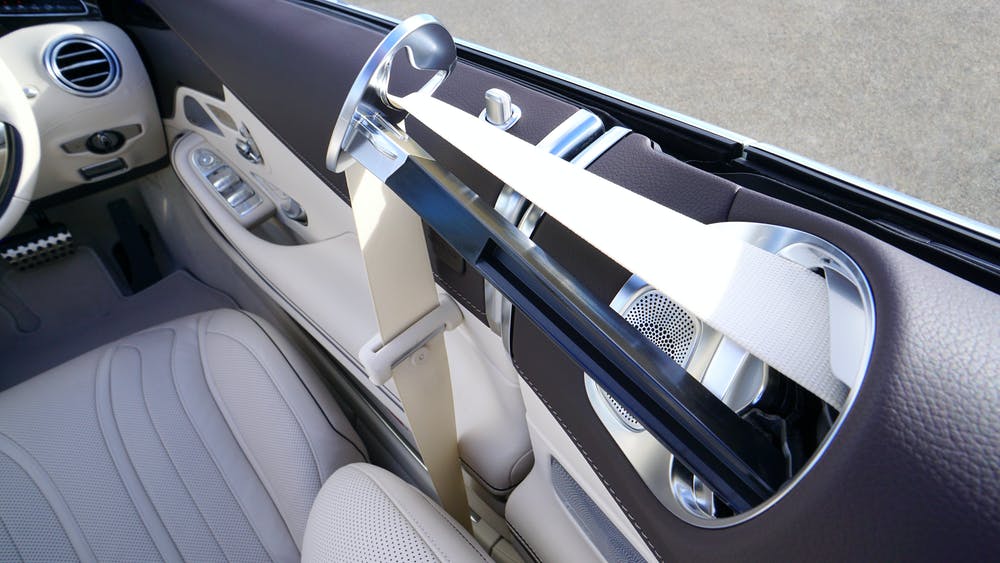Wearing a seat belt is one of those things we rarely think about because it has become such an inherent part of the daily routine. That said, there is also a tendency not to pay mind to maintaining it or checking if there is a need for seat belt repairs. One little malfunction can have a significant impact on the safety of everyone in a vehicle, though.
If you’re concerned about the condition of your seat belt, make sure you know what parts to check and how to know if it might be time for a repair.
Check Your Seat Belt Buckle
The buckle is the most important part of the seat belt. It is the part that connects the two protective ends and holds them in place. The clasp should be intact and not damaged. You should not use a seat belt with a buckle that has any visible damage or dents. Replace the seat belt if you see any of the following types of damage:
- Signs of rusting
- Stripped mechanism
- Loose or missing parts
- Cracks
- A twisted buckle
Inspect the Webbing
The safety belt webbing is the strap that holds you in place. Despite how important it is, it is also the most vulnerable part of the entire mechanism. If the webbing is damaged or worn, it won’t have the proper elasticity and durability to keep you secured in the event of a collision.
Every time you change your clothes, inspect the webbing. If you notice any kind of damage, it is time to get it repaired or replaced. Examine the webbing every time you drive, especially if you drive very often. Webbing can become damaged quickly, even if you don’t notice it right away. Check the following signs of wear:
- Significant or numerous tears
- Fraying of the belt
- Discoloration
- Deep cuts
Make Sure the Anchors are Functioning
The anchorage of your seat belt is what keeps your entire seat belt mechanism firmly attached to the actual vehicle. Hence, the name. These anchors connect the car structure to the assemblies of your seat belt.
It is best to have your anchor points checked by a professional. You can also check their stability by connecting a car seat (without an infant in it, of course).
Test Your Pretensioners
A pretensioner is the mechanism that tightens your seat belt to keep you in place in the event of a collision. You should notice pretensioners smoothly integrated into most modern vehicles.
If it is malfunctioning, it will result in too much slack. This means the passenger will not be properly secured in place when met with impact, resulting in ejection and injury.
Alternatively, it can also be too tight that it causes additional physical trauma to the passenger that could cause other problems. Check the pretensioner by pressing on the seat belt and see if it tightens. You will also notice the seat belt comes closer to your body.
Conclusion
These are just some of the basic checks you need to make to ensure proper seat belt function. If you notice any errors or issues as mentioned above, it is time to consider seat belt repair or replacement. Otherwise, you would be putting yourself at risk every time you get on the road.
Stay safe on the road with reliable seat belt repairs. At Safety Restore, we specialize in seat belt and airbag module services for post-accident restorations. Contact us to enjoy a 24-hour turnaround time and a lifetime warranty.


